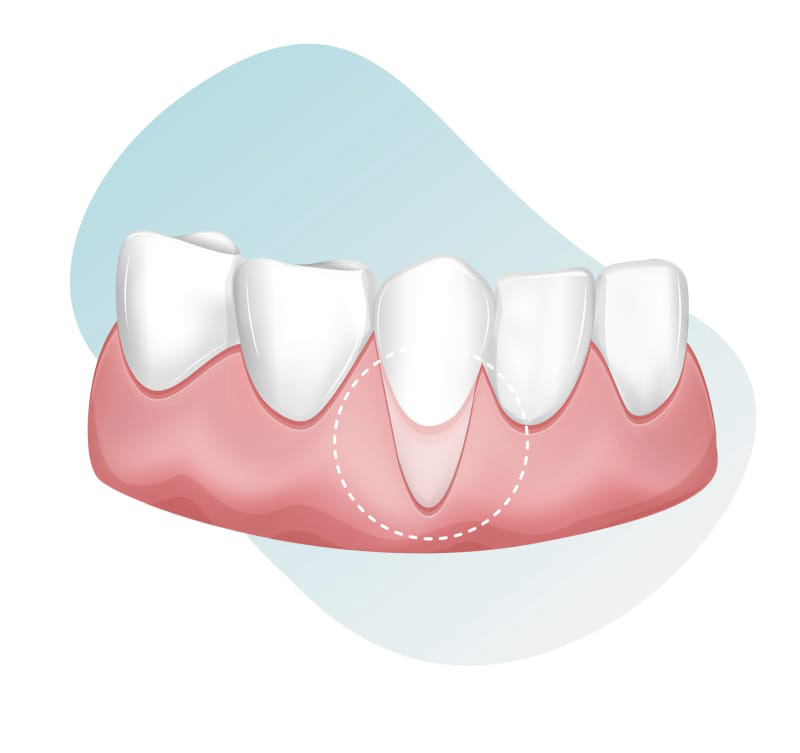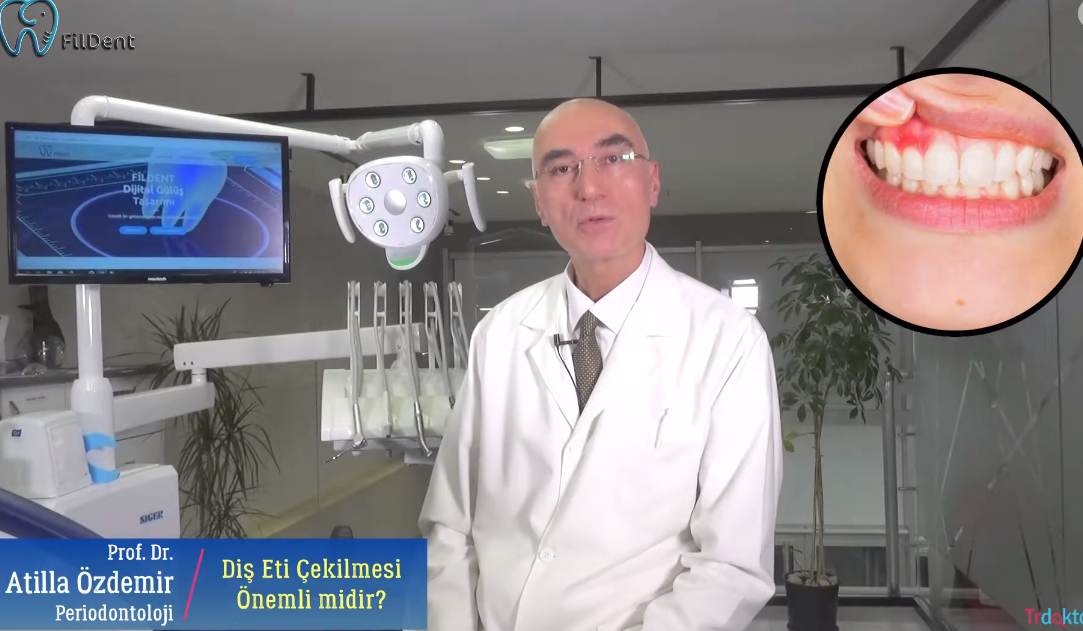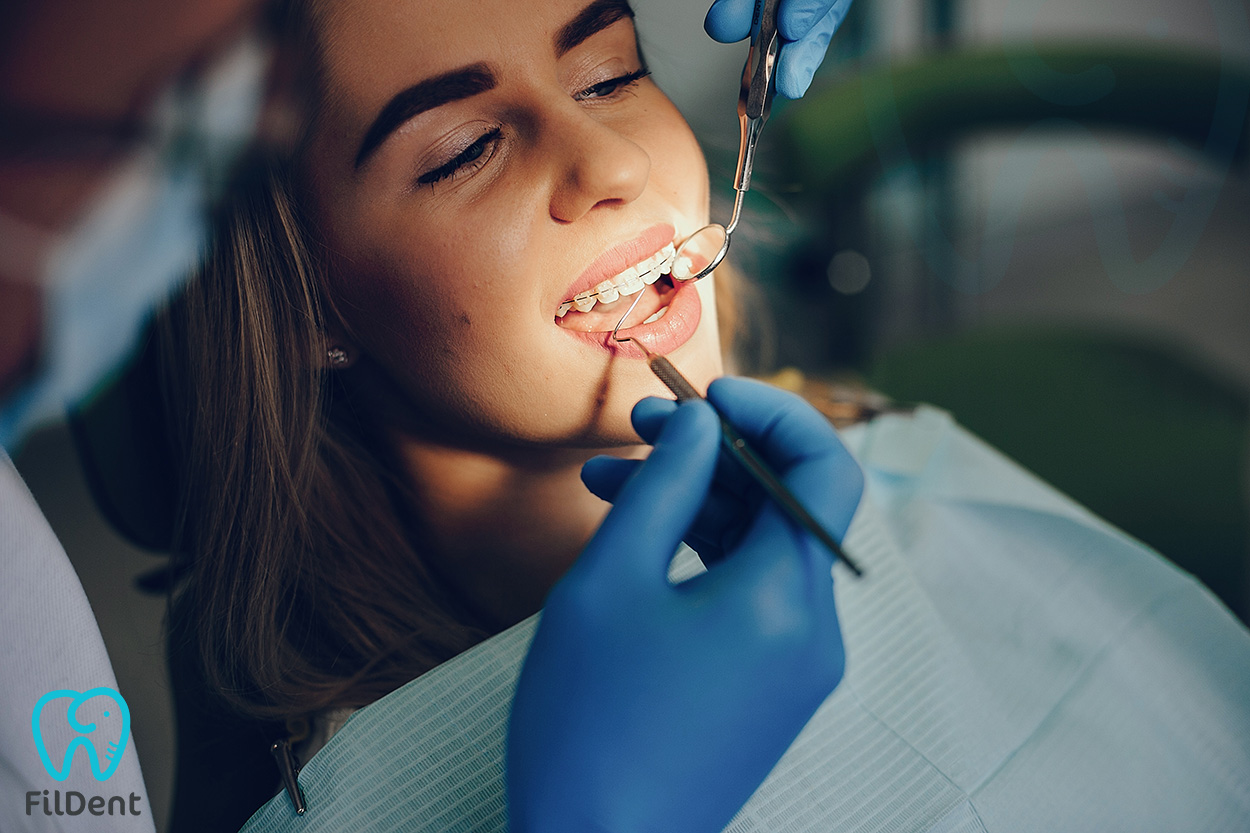

Gum Resection
Gingival recession is because the tooth roots to which the teeth are attached or the lower parts of the teeth are exposed to a large extent, and the reason for the exposure is medical comfort due to the recession of the gums. Due to this discomfort, empty sacs called pockets to form between the patients' teeth and gums. In this pleasant area, many bacteria and microbes can catch on and cause different health problems.
Gingival recession is a treatable disease.
How is gum recession treated surgically?
Gum surgery: It is performed either by applying the graft piece taken from the patient’s palate to the area with gingival recession with the method called grafting (gingival transplantation). Or it is performed by shifting the intact tissue adjacent to the receding gum to cover this area.
Is gum surgery a painful procedure?
Gum surgery is performed under local anaesthesia, so it is painless during the procedure, and a painkiller is sufficient afterwards. When gingival transplantation (gingival graft) is performed from the palatal mucosa, an open wound may remain in the palate. When anything touches the open wound area, it may cause discomfort for 3-4 days. However, if the plaques prepared before the operation are placed on the palate after the procedure, this process is more comfortable.
Are artificial grafts used in gingival recession successful?
Artificially developed grafts can be used to cover the gingival recession area. The important thing here is to make the correct diagnosis. There are places where artificial grafts can be used, as well as places where their use is limited. But most of the time, the patient’s own tissue gives better results.

In this pleasant area, many bacteria and microbes can catch on and cause different health problems. For example, bad breath, tooth loss, infection and similar diseases are prepared.To fully comprehend the gingival recession, we first need to know what gingiva is and its functional features. It is the name given to the pink or red tissue surrounding the gums or gingiva teeth from the part called the neck, which allows a part of the tooth to be embedded in the mouth. The gums are attached to the jawbone. They are rich in blood vessels. The gums protect the tooth roots by covering them.Now that we understand more or less what gingiva is let’s explain what a gingival recession is. Gingival recession is a disease that develops due to many reasons. This ailment, which is very common today, can be seen in everyone from seven to seventy. Patients with gingival recession generally cannot be aware of this before the disease progresses. Gingival recession is a very insidious type of disease. The patient gets used to the melting in his mouth, and the melting progresses slowly. Therefore, if you suspect the gum recession, you should be examined by a dentist immediately.
How Does The Treatment Process Of Gum Recession Take Place?
The treatment of gum recession varies depending on the causes. For this reason, we cannot give precise information about what kind of treatment patients will receive.Let’s take it in two different ways. If the gingival recession is seen in a new patient, the treatment to be applied is as follows:The patient enters the examination, the decision is made, and approval is taken for the treatment procedures. As a result of this, the pockets formed where gingival recession is seen, and their surroundings enter a detailed cleaning process. The plaque and tartar accumulated in the part of the knee meat attached to the tooth are removed carefully and adequately. The gums are smoothed to prevent bacterial growth or the appearance of bacteria in the part where the tooth’s root will be attached to the gum. If your physician deems it necessary, he or she can prescribe antibiotic therapy to prevent infections that may occur in this area.If the patient’s gingival recession has advanced, a treatment is applied as follows:Suppose the gingival recession has progressed severely, and the plaque and tartar accumulated in the pockets will not be removed by deep cleaning. In that case, there is a problem that causes a gingival recession, and gum surgery can be performed for this.As with any disease, early diagnosis is of great importance. Because while a mild gingival recession can be intervened quickly by dentists, it requires a surgical operation and a unique treatment process in an advanced case of gingival recession.
What are the Symptoms of Gum Recession?
Its main symptom is sensitivity. In the continuation of this sensitivity in teeth:
• Bleeding at the slightest pressure applied to the gums (eating, consuming soft solid foods such as bread, etc.).
• Bleeding during and after tooth brushing.
• Bleeding when eating hard foods.
• Teeth appearing longer than usual.
• Appearance of redness or swelling in the tongue.
• Gums make tooth roots prominent.
These are the other primary symptoms.
What are the Causes of the Gum Recession?
Periodontal diseases.
• Genetic factors.
• Incorrect and hard brushing of teeth.
• Inadequate, undisciplined oral and dental health care.
Hormonal changes.
• Using tobacco and products made from tobacco.
• Clenching teeth. Putting pressure on the teeth.
• Grinding the teeth.
• Wearing iron jewelry called piercings on lips or tongue.
They are common causes of gum recession.
Will gingival recession progress?
Gingival recession can progress when not controlled.
What are the treatment ways in gingival recession?
The treatment procedure changes depending on the problem caused by gingival recession and the amount of recession. If there is caries on the tooth-root surface; it is treated (filling, channel, coating). If there is a complaint of hot cold sensitivity in the tooth, treatment is applied to it with desensitizing agents. Or, the missing gum tissue is surgically completed with a gum graft.
